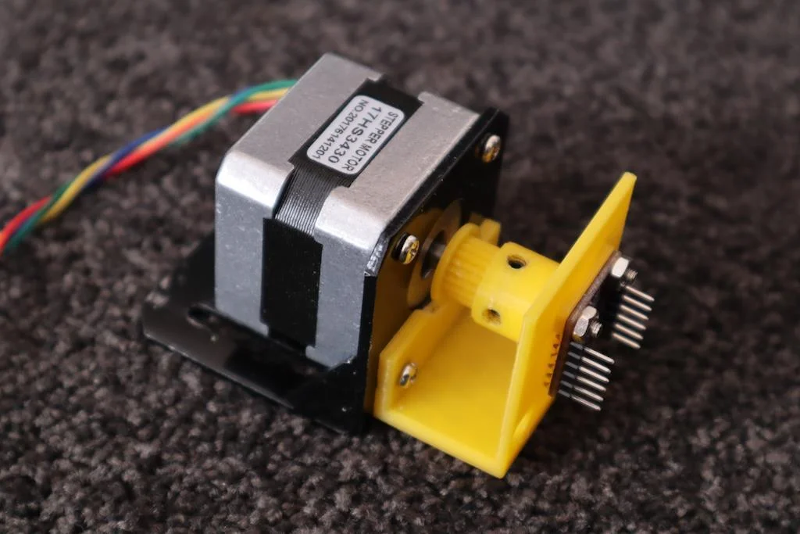The electric motor is the fundamental building block of almost all robotic projects but, without some form of feedback, it lacks the precise positional control required for the task. Small servos from the modelling world will often use a potentiometer to sense where they are on their travel, while more accomplished motors will employ some form of shaft encoder.
Commercial shaft encoders use magnets and Hall-effect sensors, or optical sensors and encoder discs. But these can be quite expensive, so [Hello1024] hacked together an alternative in an afternoon. It uses another motor as the encoder, taking advantage of the minute …read more
 Continue reading Use A Brushless Motor As A Rotary Encoder→
Continue reading Use A Brushless Motor As A Rotary Encoder→
